DC-Powered Gyro Stabilizers: Anti-Roll Devices for Smaller Boats

Gyrosopic stabilizers come in two power modes, AC or DC. While they were in the past strictly something to be installed on a larger cruiser, thanks to companies like Tohmei, Seakeeper and Quick, there are now DC (Directo Current) gyros compact and light enough to be suitable for trailerable boats. In this article, we focus on models that are suited to smaller boats where space and weight can be an issue.
Stabilization made its way into the marine industry when it was realized that stability at sea and seasickness needed to be minimized to essentially continue to attract new customers. There are two main types of stabilizer systems available, and both have their pros and cons, and all vary on what boats they work best on. There are fin stabilizers and the latest trend gyroscopic (gyro) stabilizers. Mounted anywhere in a boat’s hull, gyroscopes will reduce a boat’s roll significantly.
There are quite a few brands around the world, with three that have made their mark in New Zealand and Australia; Seakeeper, Quick and Tohmei. Seakeeper is American made, Quick comes from Italy and Tohmei (formerly Mitsubishi Heavy Industries) is Japanese
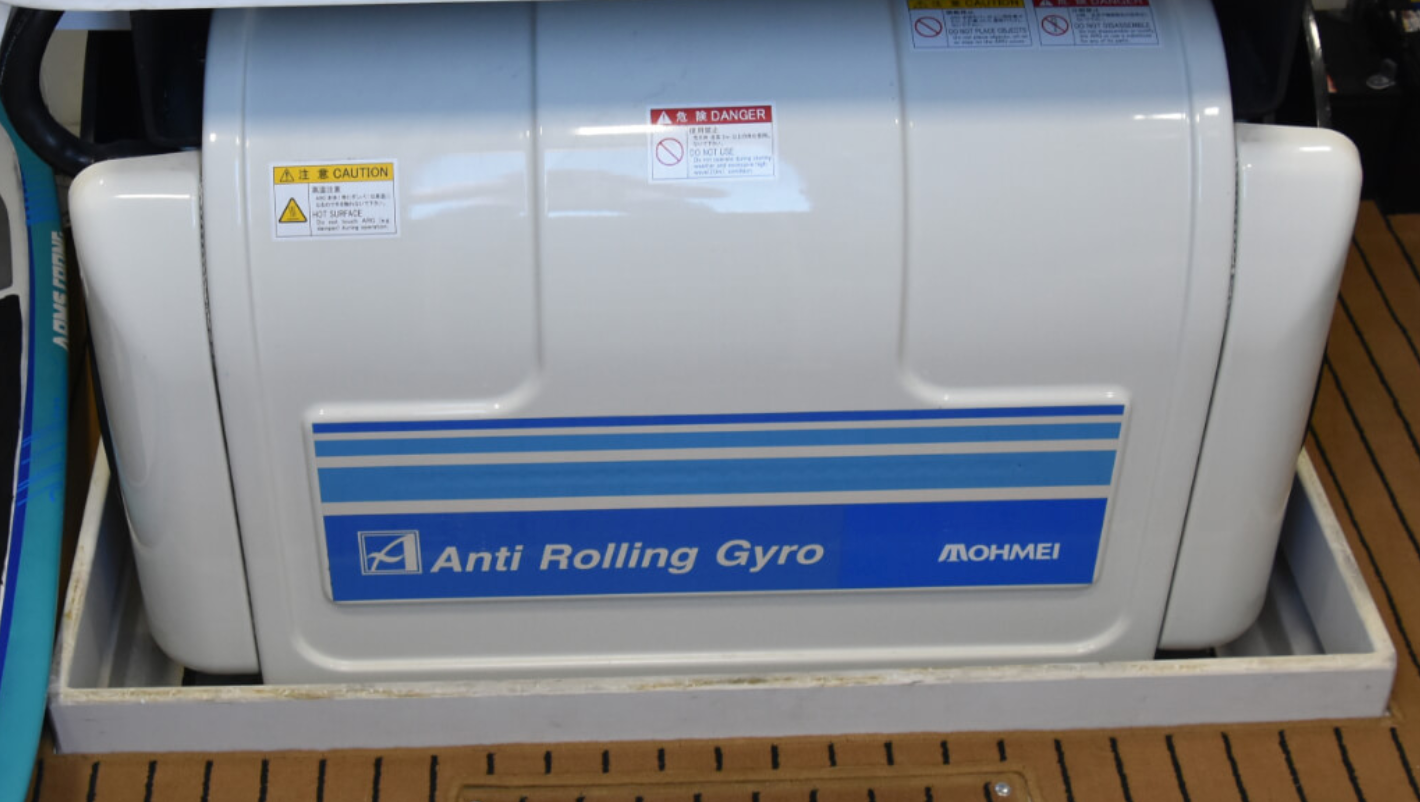
A few years ago if you thought about putting a gyro in a larger trailer boat you probably nixed the idea when you found out it needed a generator and the overall weight and space all the machinery took up. However, things are different now. There are compact gyros that run off 12V DC battery power rather than a 240V generator. They are light enough to be a consideration when looking for a stabilization option for a 23’ to 40’ (7 m to 12 m). However, just because a stabilizer doesn’t need a generator to run, that doesn’t mean it is going to be suitable for a given application. Some DC gyros are still too big and too heavy to put in a boat shorter than 33’ (10 m) and come into their own when boats are bigger and weigh more than around 5 tons.
Another consideration is the ambient air temperature the gyro needs to operate, so you need to make sure there is enough space around the unit so it doesn’t overheat.
How Do They Work?
A gyroscopic stabilizer consists of three fundamental parts.
- The flywheel. Its size and speed of rotation determine a factor called angular momentum
- The gimbal. This lets the flywheel rotate around an axis perpendicular to the spin axis. The velocity at which the gimbal rotates (precession), in reaction to the boats roll, is a factor called angular velocity.
- Damping system. This controls the rate at which the gimbal is allowed to precess. Damping systems can be passive or active depending on the manufacturer.
A Bit of History
John Serson invented the first known apparatus similar to a gyroscope (the “Whirling Speculum” or “Serson’s Speculum”) in 1743. It was used as a level, to locate the horizon in foggy or misty conditions. It was not something being considered to keep the sailing boats of the day stable.
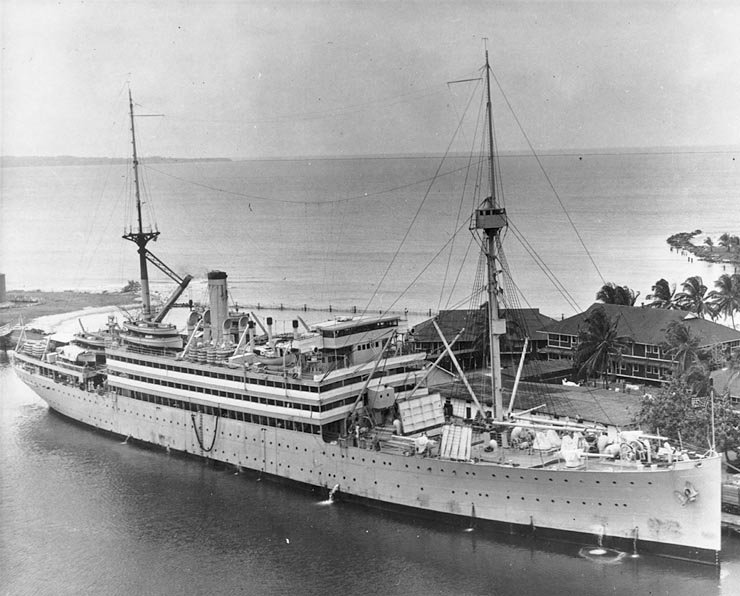
The first experimental gyros were developed in the late 1860s and into the early 1900s, with less than desirable results. Several large ships used the technology, including the USS Henderson, a military transport ship, in 1917, that had two 25-ton units. An Italian cruise liner used three large units in 1930. The cost and weight of the systems were prohibitive and other forms of stabilization became more readily available.
They started appearing in pleasure yachts around 2000 when Mitsubishi Heavy Industries (now renamed Tohmei) partnered with Ferretti Group in an exclusive agreement to put the gyros into the company’s branded motor yachts. Over time the market started to accept the gyro and other manufacturers like Seakeeper and Quick entered the market. In recent years a focus has been on developing smaller, lighter units that can be used on smaller boats.
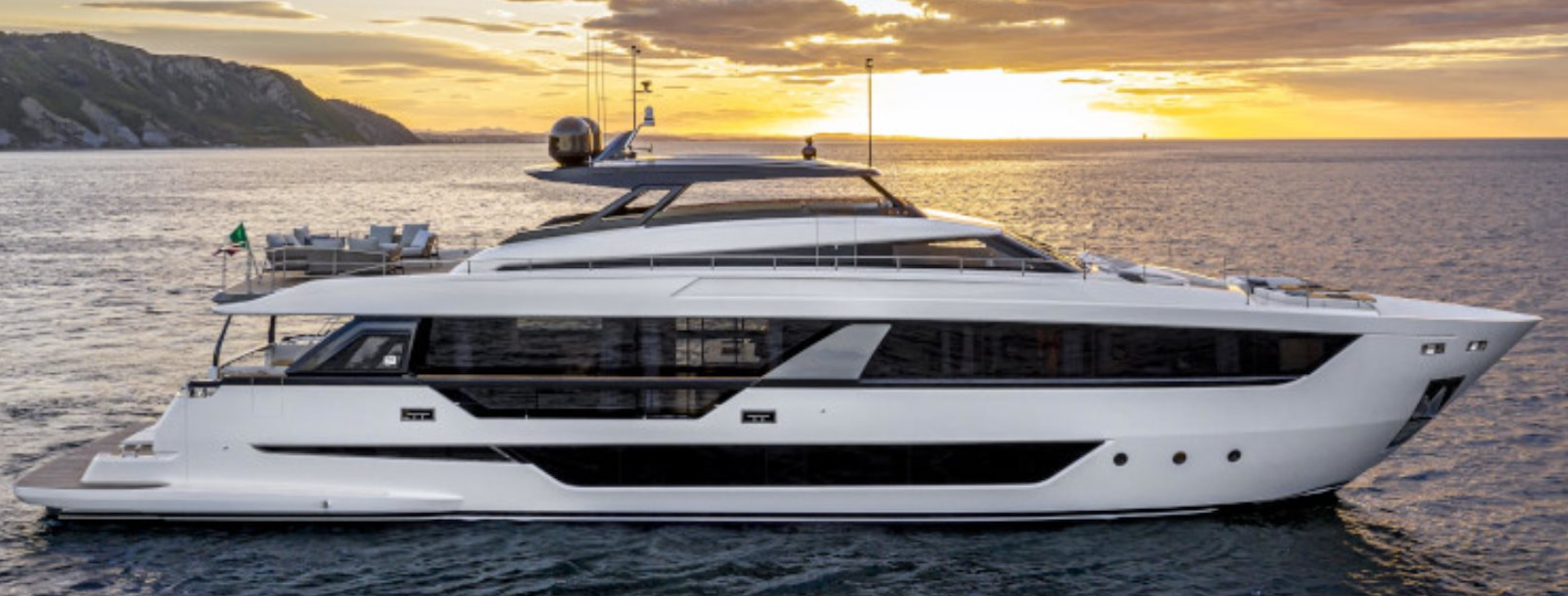
Suitability for Trailered Boats
DC gyros have certainly opened the market for installing on a trailer boat, but be aware that there are only a few that are suitable. Just because it is DC doesn’t mean it is going to be ideal for your 26’ (8 m) alloy hardtop. There are several aspects to consider. Most importantly are the weight and the physical size of the unit. Is there space onboard to accommodate a stabilizer and how much will it encroach into your cockpit area? Battery and charging systems are also considerations.
Only two manufacturers have suitable units for smaller trailer boats, Seakeeper with the Seakeeper 1 (2620 Nm, 364 lbs./165 kg) and Quick with its MC X2 (2000Nm, 289 lbs./131 kg) and X3 (3900Nm, 289 lbs./131 kg) models. Seakeeper pushes angular momentum as the measure for how effective a stabilizer is, while Quick and Tohmei promote torque or maximum torque as the main contributor to roll reduction.
Tohmei’s smallest gyro, the ARG50T (5000Nm) along with the Seakeeper 2 (5249Nm) and the Quick MC2 X5 cover the transition between the larger trailer boats and small cruisers.
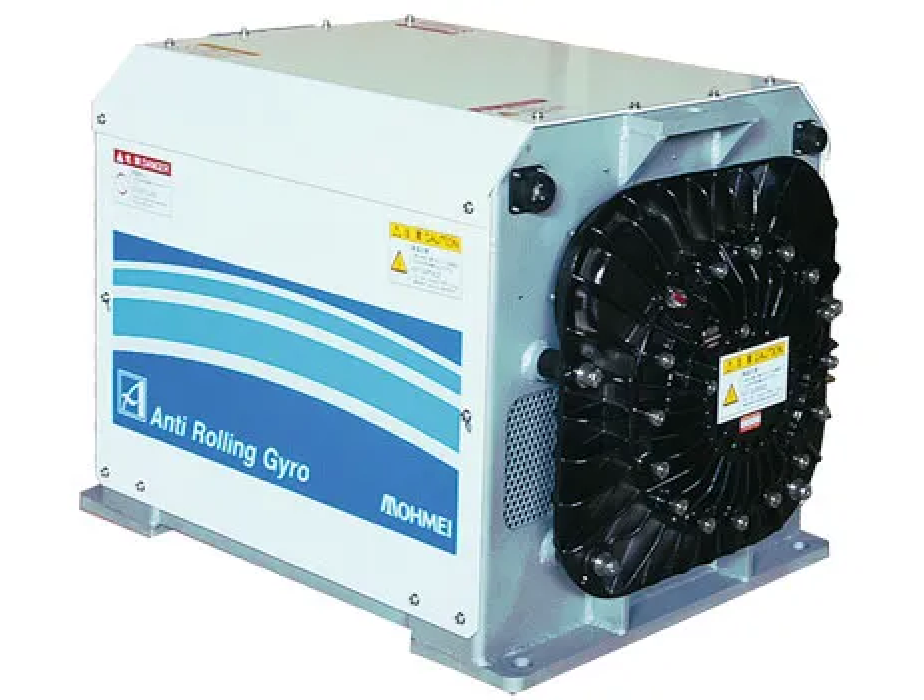
Battery Support
Experts say that if you are thinking of fitting a gyro stabilizer to your vessel, you need to consider how it will be powered. The bigger the gyro model required, the higher the power consumption.
If the unit has an operating power range of 300 watts – 600 watts, (sea state dependent), there’s a straightforward calculation that can be done to determine power needs. Divide the wattage by the system voltage to arrive at the amperage requirement and the battery size.”
For example, 300 w/12v = 25 amps and 600w/12v = 50amps. So to operate the gyro for one hour, 25 – 50AH will be consumed.

This creates two dilemmas. Will the power supply delivered by the engine’s alternator be sufficient? Also, if the gyro is to be exclusively battery supported, when the engine is not running, will the battery bank capacity be sufficient?
When it comes the question of the battery bank, the worst scenario of highest consumption of 50 amps is supplied by a 100 AH deep-cycle battery (50% depth of discharge) and will last one hour. Or if you average out the consumption and say 37 amps giving a run time of the same 100AH battery of 1 hour 20 minutes. To double that run time, a 200AH battery will be needed etc.
Seakeeper — All About Angular Momentum
Seakeeper pushes angular momentum as the true measure for how effective a gyro is. When you think of angular momentum, or gyroscopic power, the easiest way to understand it is to compare it to horsepower for an engine. Seakeeper says that angular momentum is the measuring stick for how much stabilizing power any given gyroscope can have, similar to how you know that a 60-hp engine is going to provide far less power than a 250-hp engine.
Angular momentum is a force. Try explaining gravity to someone who hasn’t experienced it and you’ll understand the inherent difficulty of explaining something you can’t see or haven’t felt.

Angular momentum, measured in Newton-meter-seconds, or N-m-s, determines the total amount of torque available over time. Time is the biggest differentiating factor between angular momentum and torque. Greater angular momentum indicates a higher roll reduction potential for gyroscopic stabilizers. The Seakeeper 18 (18,000 N-m-s of angular momentum) is more powerful than the Seakeeper 1 (1,000 N-m-s). (P.S. this is also how they name their units.)
The faster a gyroscope precesses (or if you’ve watched a Seakeeper in action, that’s the sphere tilting fore and aft), the higher its peak-torque value. However, a faster precession speed significantly reduces the amount of time the peak torque can be applied. If you’ve been on a boat that’s rolling, you’ll know that a wave doesn’t happen instantaneously — it rolls — just like your boat on top of it. Those rolls, depending on the boat, usually happen in a timeframe of 2 to 10 seconds. Those are called wave periods and the time it takes for your boat to make one full roll over that wave is the vessel’s roll period.
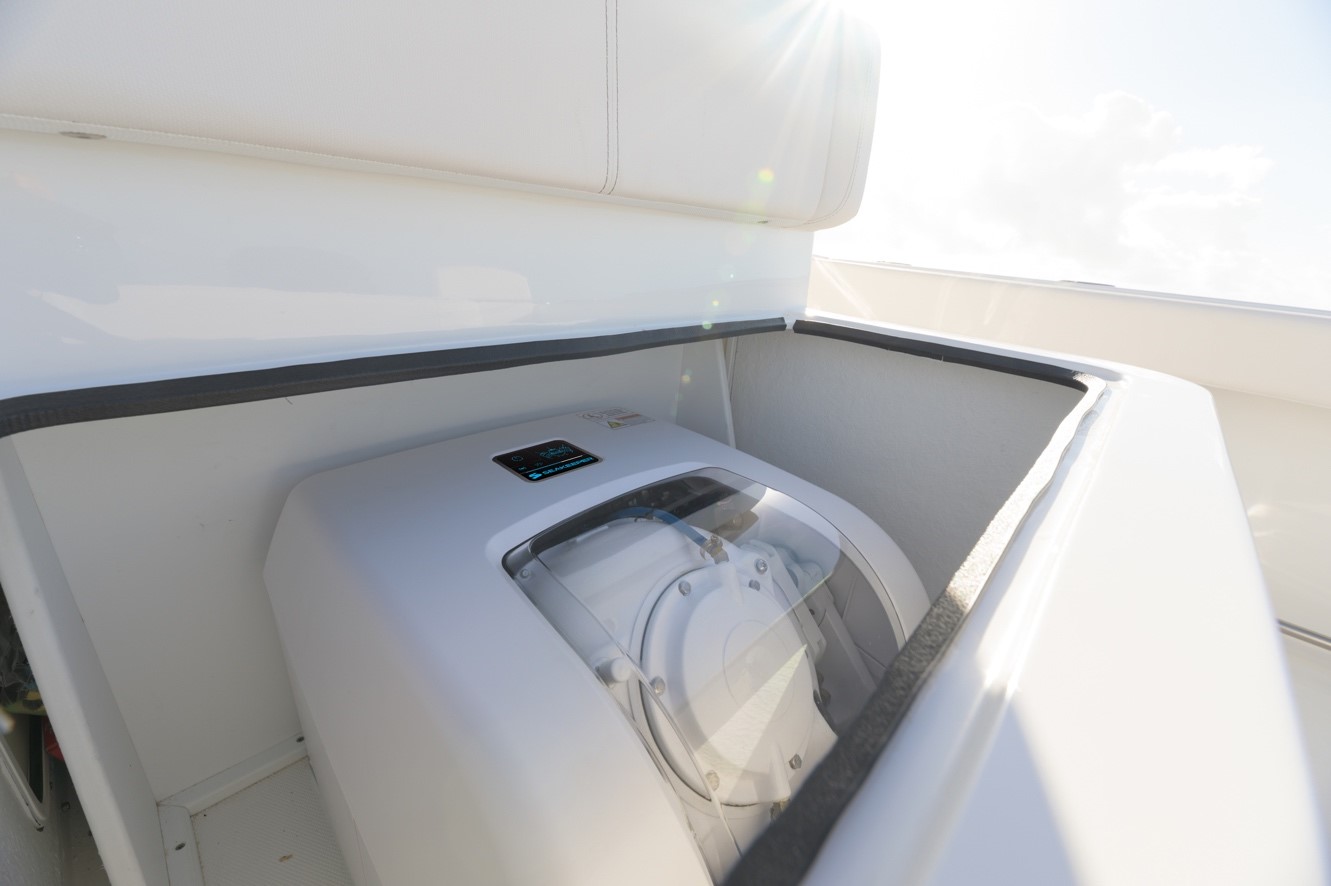
Seakeeper says that because of this, the most effective use of a gyroscope’s angular momentum is to spread the torque over a period of time that matches the wave period. The natural roll period of a boat varies anywhere from 2.3 seconds for smaller boats and 7 seconds for some mega yachts (don’t confuse this with the wave periods discussed above). To eliminate boat roll, a gyroscope must be able to provide stabilizing torque throughout the entire roll cycle, which again requires time.
Seakeeper 1
The Seakeeper 1 gyroscopic stabilizer is designed for boats from 23’ to 30’ (7.01 m to 9.14 m) weighing up to 5.5 ton. Because it runs off 12V DC battery power rather than a 240V generator, it can be used on everything from outboard-powered boats to compact cruisers.
The heart of the system is a compact flywheel encased in a sealed vacuum that spins at up to 9,750 rpm. The lack of air resistance lets the flywheel spin roughly three times faster than it would otherwise. This in turn means it weighs up to two-thirds less and draws roughly half the power of a conventional flywheel.
Unlike the larger Seakeeper units the Seakeeper 1 is fully encased inside a watertight plastic shell with a clear viewing window. The whole unit weighs 364 lbs. (165 kg) and consumes between 25 and 55 amps depending on how hard it is working. Its lighter weight also means it has the fastest spool-up time of any Seakeeper with useful stabilization available in 15 minutes.
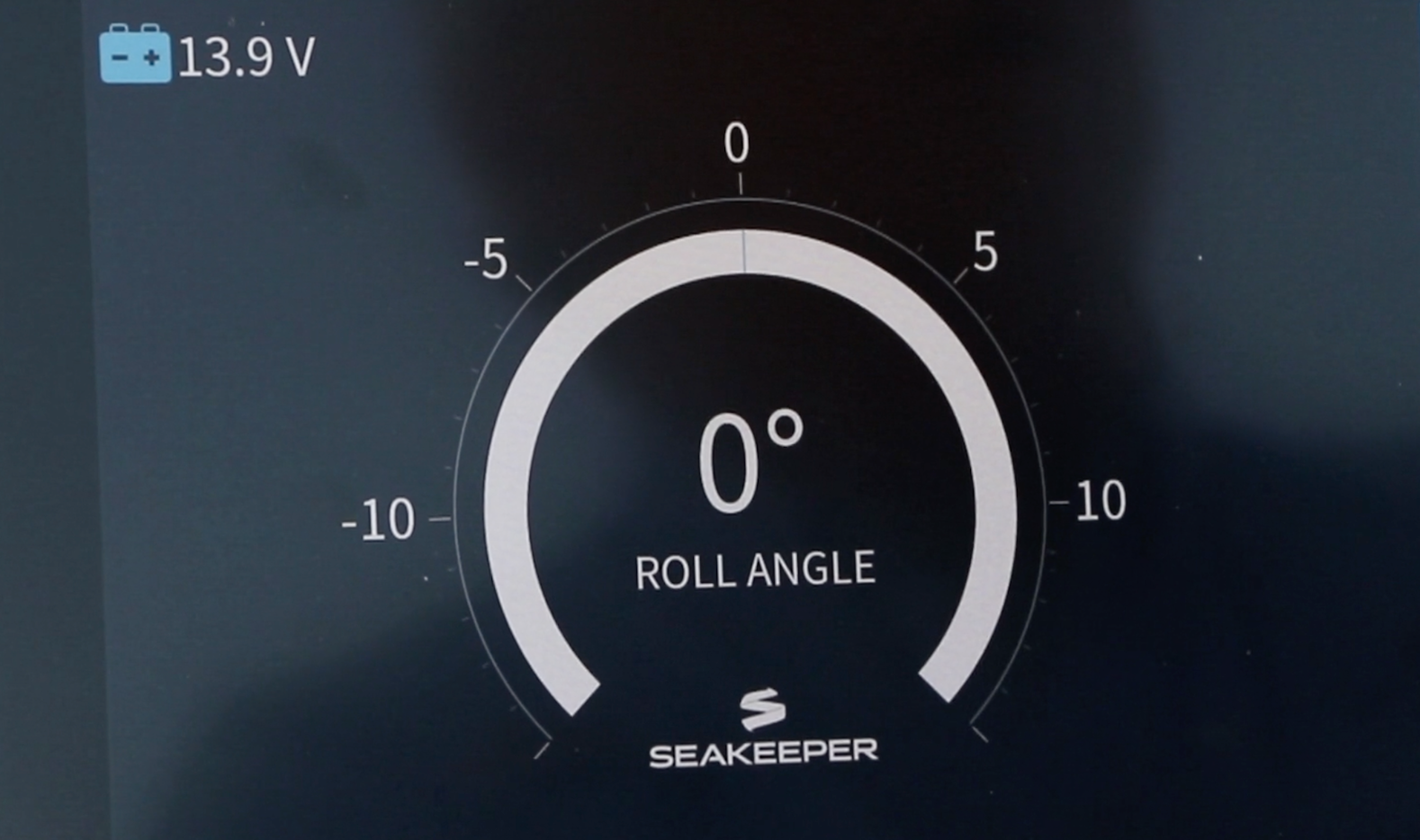
As the boat starts to roll, the flywheel is tilted fore and aft by a hydraulic ram, producing gyroscopic torque to port and starboard that counteracts the roll. This works whether the boat is stationary or under way, although once up to planing speeds, the dynamic stability of the hull starts to override the effect. Another advantage of the Seakeeper 1 is that the system is mounted in an enclosed box that measures less than 2’ x 2’ (.61 m x .61 m) and 16” (40.64 cm) high with a viewing window. This should make it easier to fit under seats or inside helm consoles and deck lockers than the taller, heavier Seakeeper 2.
Nor are there any exposed parts that could snag loose items that may have to share the same locker space. A small keypad display on top of the unit means you can control it directly from here or via a remote unit at the helm. Seakeepers are compatible with Garmin, Raymarine and Simrad MFDs, so no additional space is needed on a cluttered dash/helm of a trailerboat. Also the Active unit can be engaged and disengaged at touch of a button.
Quick — A Question of Torque
Quick promotes the torque or maximum torque as the main contributor to roll reduction and its stabilizers have many unique features. First, it is the only gyro with a vertically spinning mass (not horizontal). This generates the same anti-roll torque/output torque as traditional horizontally spinning gyros but in a simpler smaller way. Side bearings “share” the weight of the mass as opposed to the bottom bearing doing all the hard work. This means a comparatively heavier mass that spins at lower RPM can achieve the same anti-roll performance.
Quick claims that the vertically spinning mass also means reduced track deviation even in big following or beam seas. This means a straighter track in beam or following seas. Quick also says its machines can continue to operate when the boat is underway at any speed. This is a real bonus for smaller boats.
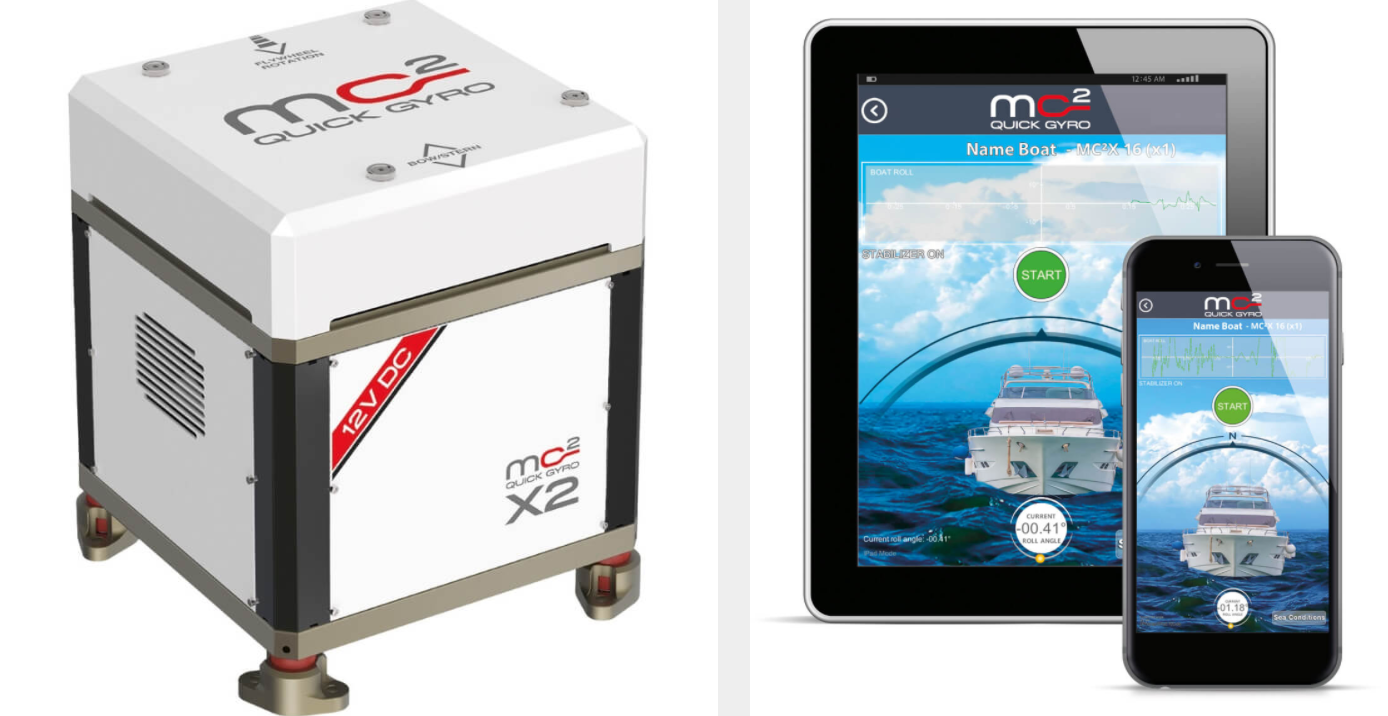
They have all air-cooled bearings, which means there are no water pumps to operate and maintain, no risk of electrolysis, no anodes to replace, no risk of air getting into the cooling pumps and causing them to stop working. Quick units are self-contained and work even if the vessel is reversing hard or traveling at high speed or launching off waves.
Quick also promotes that its gyros can operate in an ambient air temperature up to 131°F/55°C, which is much higher than some of their competitors. It also has readily sourced bearings on each side of the spinning mass that share the weight and load of the mass and don’t require custom ceramic water-cooled bearings.
Finally, Quick gyros spool up and shut down quickly. Removable sound-proof panels combine with the Quick units’ slower spin rate makes these stabilizers quieter. The new QNN Interface means an owner can integrate the stabilizer’s monitoring and control system into Garmin, Raymarine, Furuno, Simrad and B&G screens. This optional kit makes it even easier to monitor the gyro’s performance of the gyro. Push-button stand-by that’s available on larger units is not the Quick X2 and X3 models.
Quick MC2 X2 and X3 — Smallest and Lightest
In 2019 Italian manufacturer, Quick Italy, announced the launch of five new 12VDC Quick gyro stabilizers. They deliver anti-rolling torque of up to 3,900 Nm and the X2 could be good for trailerable center-console fishing boats or little day cruisers, while the X3 model suits heavier sportfish boats and small cabin cruisers up to around 24’ (8 m).

Quick says the MC²X series stabilizer delivers up to 95% roll reduction from a machine that is physically much smaller than any other gyro on the market. Air-cooling means easier installation because there is no more holes in the bottom of the boat and no cooling pumps and plumbing.
The MC² X DC series comprises five stabilizers; two are available only in a 12V version while the other three models are suited to progressively bigger boats, and can be supplied in either the new 12VDC version, or the 240V AC version.
Batteries recharge via the inverter when the engines are running and it is time to go home. As a result, the overall consumption is significantly lower. The MC² Quick gyro is equipped with a mass revolving on a horizontal axis, a feature that significantly reduces the mechanical stress, produces less friction and therefore needs lower heat output. The MC² Quick Gyro system is natural dissipated; therefore, it does not require water pumps or seawater inlets, unlike water-cooled systems.